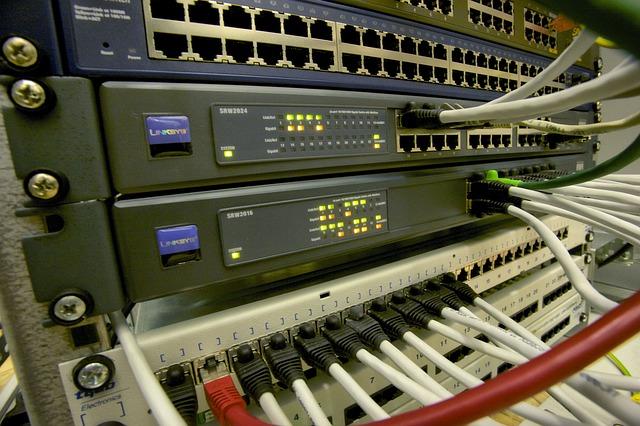Minimizing system uptime is perhaps one of the biggest concerns of system administrators. The disruption caused and possible costs incurred when a system partially or totally goes down can be a constant worry; equipment and systems falling behind the demands being made on them intensifies the likelihood of downtimes.
Steps to take with hardware
Preventative maintenance is like having a car inspected and checked over periodically to prevent problems further down the line. Slight costs in maintenance now could prevent larger costs later.
A system is only as strong as its weakest link, so making sure software is updated (and the system can handle possible heavier demands from upgrades), efficient power management and cooling are basic steps.
Adhering to a proper schedule is important
Plan workloads – is the infrastructure going to cope with imminent workloads? If demands are going to increase – perhaps you’re planning to add a cloud based facility – then maintenance and possible upgrading of the hardware should be factored in before it has to be undertaken in a rush.
Where possible, hardware maintenance involving a server being powered down should take place in periods of low demand such as perhaps evenings or weekends.
Monitoring – make sure you have the best in monitoring and management tools and fully use them.
Security – even if it’s been a long time since a security threat or there’s never been an incident, don’t let complacency take hold. Check you’re implementing all the security measures possible and using the current tools such as firewalls and anti-malware software. Conduct security audits regularly.
False economy – if hardware is no longer fit for purpose, replacing is preferable to using it past its useful life cycle (but see below for how a software solution can help rejuvenate existing hardware).
Software solutions to reduce downtime
Virtualization has had a significant impact on server downtimes. By dynamically re-distributing resources, it’s possible for the failure of one server not to impact on the rest of the IT service.
Quick and accurate monitoring systems makes for rapid diagnosis of problems, and some hypervisors and virtual SAN’s have automatic switching built in to combat possible failures.
In the case of hardware becoming outdated and no longer able to meet increasing demands, then moving to a virtualized, software-defined environment may be the answer. By managing your existing hardware resources through a hypervisor and virtual SAN, it’s possible for existing hardware to continue meeting your needs for some time to come.
Another great benefit provided by some vendors such as this VMware storage provider is the removal of any need for hardware to be situated in remote locations. This means branches, retail sites and more remote locations such as oil rigs and weather stations can be controlled from one point with no need to worry about hardware failing in difficult to reach locations.
Switching to virtualization
If you aren’t already fully or partially virtualized, then one of the biggest steps you could take to reduce potential downtime is to consider a virtual solution. The beauty here is that your existing hardware should be suitable – subject to the software vendors you choose.



















